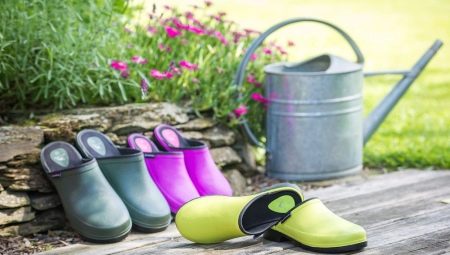Caring for a personal plot is not only fascinating, but also a very troublesome event. Despite the complexity of the process and weather variability, more and more people on the planet are making maximum efforts to grow quality vegetables and fruits on their own. Conducting agricultural work requires not only special equipment, but also suitable clothing and shoes.
Experienced summer residents recommend paying special attention to the choice of shoes, which should be resistant to moisture, dirt, dust, earth, as well as low and high temperatures. The most suitable option for agricultural work are garden galoshes.
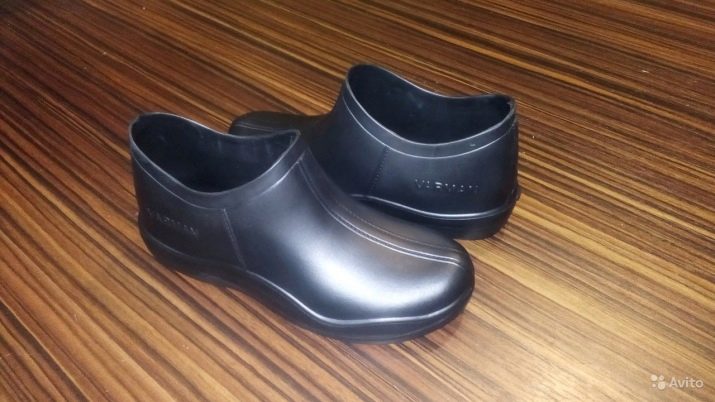
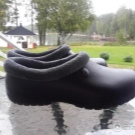
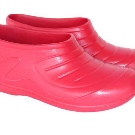
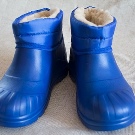

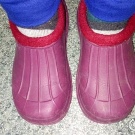
Advantages and disadvantages
Country garden galoshes (galoshes) - versatile waterproof shoes that can be used at any time of the year. Depending on the type and material of manufacture rubber galoshes can be used during the spring cold weather, in the summer heat, as well as for winter garden activities.
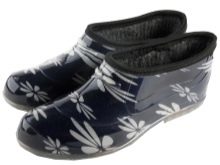
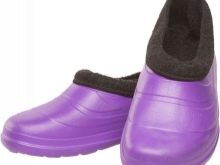
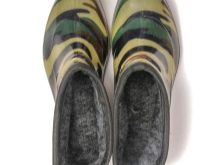
Like any shoes, galoshes for the garden have both positive and negative sides.
Advantages:
- variety of colors;
- functionality;
- water tightness;
- simplicity of operation;
- the presence of a special grooved sole;
- long period of operation;
- universal purpose;
- high aesthetic indicators and elegant appearance;
- convenience;
- year-round seasonality;
- ease;
- elasticity.
Among the shortcomings, the difficulties of selection in strict accordance with the size are noted.
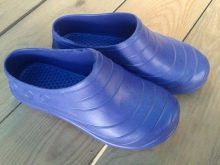
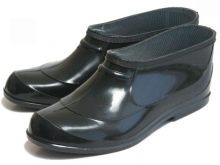
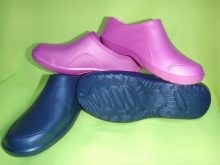
Materials
For the manufacture of this type of shoe, manufacturers use various materials such as:
- rubber;
- polyvinyl chloride (PVC);
- EVA;
- polyurethane.
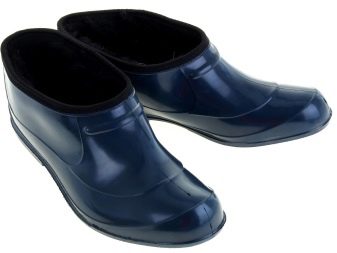
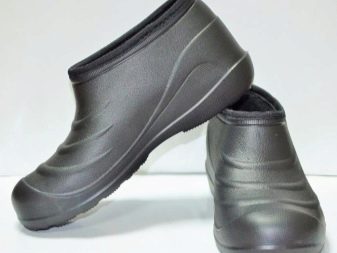
According to the established standards, the following components are included in the composition of rubber products:
- raw rubber;
- regenerate;
- a piece of chalk;
- lodging;
- sulfur;
- coal tar;
- rosin;
- soot;
- mineral oils;
- flax oil.
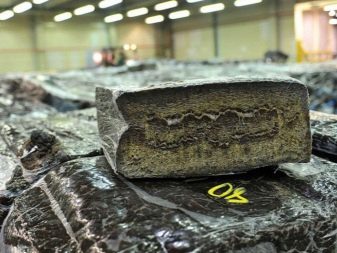
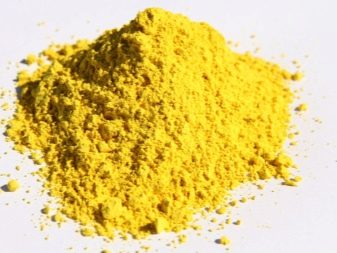
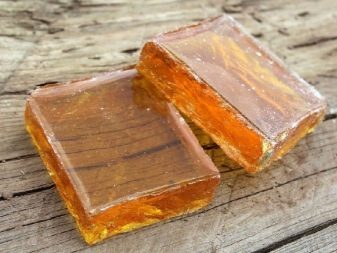
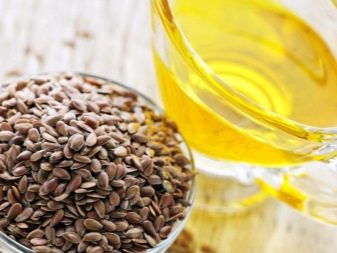
One of the new types of raw materials for wet tines is foamed rubber. Advantages - flexibility, effective heat storage, low weight, resistance to temperature fluctuations.
Features
There are three components of this type of shoe.
- Outer - lining the upper part, the sole. The quality of these components affects the water resistance, external aesthetic indicators and the period of operation.
- Inner - lining and insole. These parts are made of textiles and are involved in creating a convenient and ergonomic frame.
- Intermediate - auxiliary parts that increase the strength of the product, and also help to maintain a given shape and maintain heat.
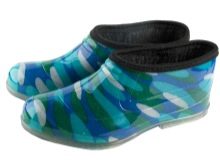
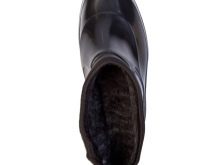
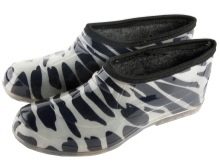
Modern equipment and innovative technologies have allowed manufacturers to use the following technologies for the manufacture of garden shoes:
- gluing;
- stamping;
- molding;
- high pressure casting.
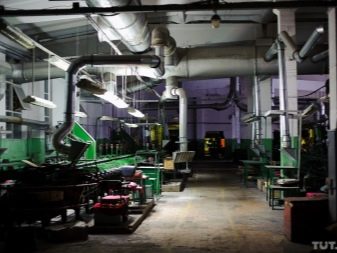
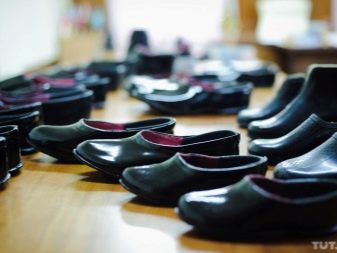
Kinds
Depending on the purpose, garden galoshes are of the following types:
- ordinary;
- semi-deep;
- deep ones.
Galoshes for summer cottages are also winter (insulated), summer (lightened) and thin (extra-light).
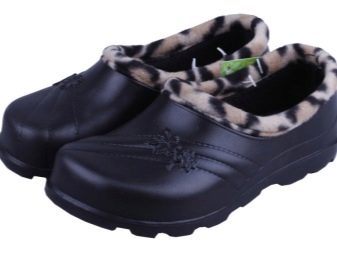

Depending on the gender of the owner, garden shoes are of the following types:
- children’s;
- teenage;
- female;
- man’s.
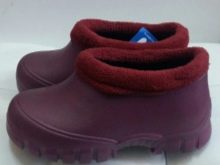
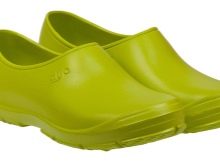
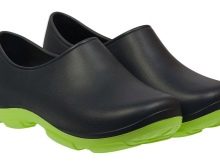
How to choose?
In order for the acquired wet tines not only to have a long period of operation, but also to be as convenient as possible, experienced summer residents recommend choosing products in specialized stores where a gardener can try on shoes and make sure of its ergonomics before buying. Shoes ordered over the Internet can not only disappoint with their appearance and quality, but also not fit in size.
In the case of year-round gardening, experts recommend purchasing several pairs of shoes, as summer options should not be worn at temperatures below zero degrees. Winter models must have a warmed stocking, in the absence of which during the cold weather you will have to wear several pairs of socks.
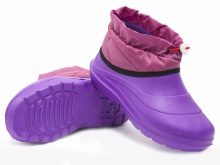
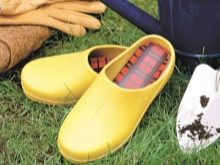
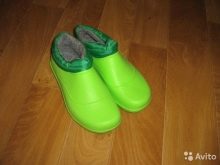
An important factor when choosing a product is its price range, which depends on the type of source material. Rubber wet storages are the cheapest, but they have the greatest weight and a short period of wear. Products made of polyvinyl chloride will last much longer and weigh an order of magnitude less.
However, experienced gardeners do not recommend wearing both models for moving on moist and clayy soil, the adhering lumps of which will make the shoes heavier.
For work in winter, it is better not to purchase rubber products, which under the influence of low temperatures become very hard and brittle. Winter shoes with non-removable insulation, which will be difficult to clean from dust and dirt, may become an undesirable purchase.

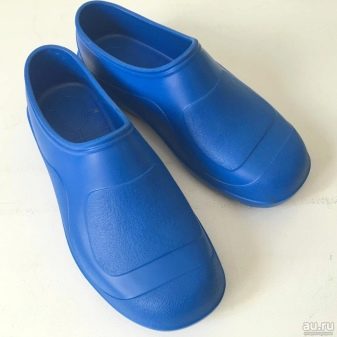
Experts recommend paying attention ethylene vinyl acetate (EVA) products, which are 45 percent airborne. Their main advantages are lightness, maximum heat retention, cushioning effect.
To prevent rubbing, the sides of the galoshes should be below the level of the ankle. In order not to hurt the toes, the shoes should have a slightly rounded and square toe. The most convenient form is round, elongated and narrowed.
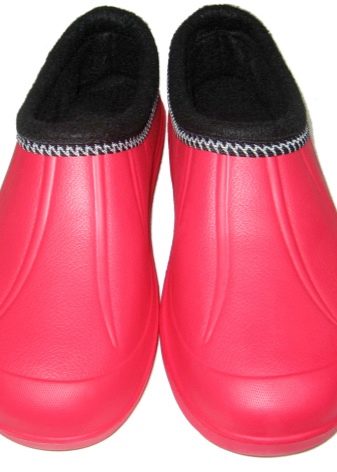

Signs of quality shoes:
- lack of a specific smell;
- lack of white streaks at the joints;
- the presence of a clear pattern on the sole.
Despite its durability and unpretentiousness, shoes require care - it must be kept clean.
Experienced gardeners recommend that after performing garden work in wet weather, it is imperative to wash it not only outside but also inside.

